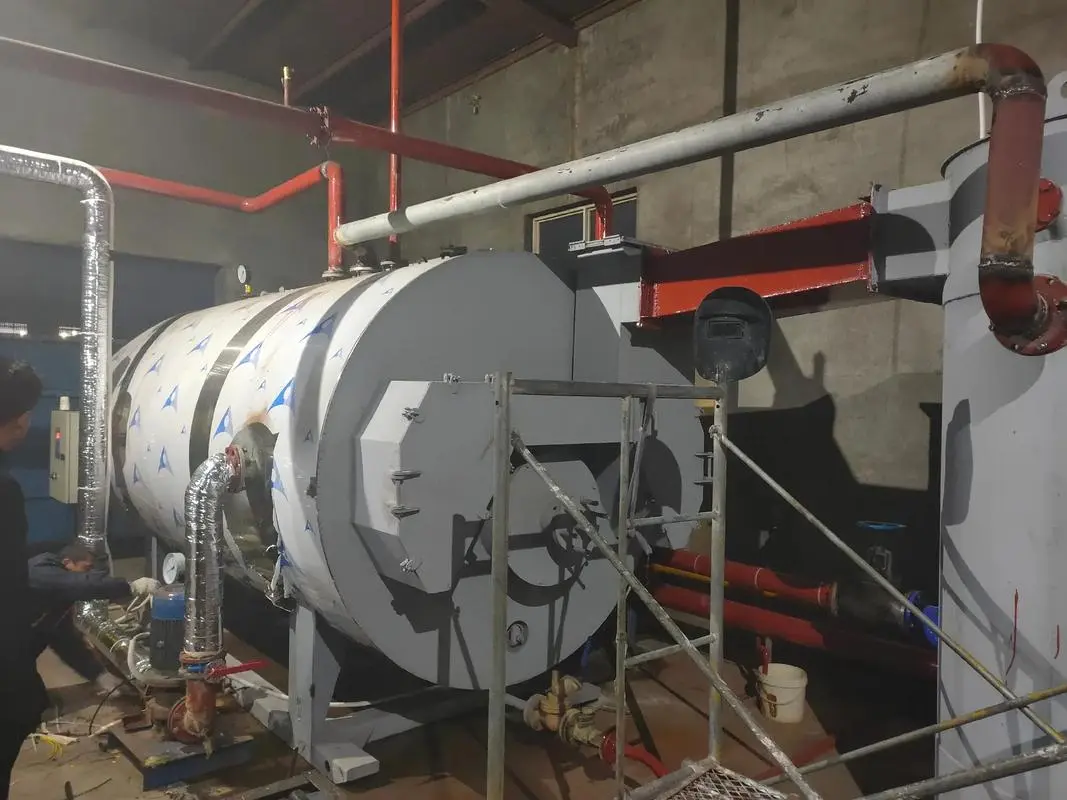
Nov . 24, 2024 05:15 Back to list
what is biomass heating system
What is a Biomass Heating System?
Biomass heating systems are an increasingly popular way to heat homes and commercial buildings while minimizing environmental impact. Utilizing organic materials, these systems convert biomass into thermal energy, providing a renewable alternative to fossil fuels. In this article, we'll dive into the definition, components, advantages, disadvantages, and applications of biomass heating systems.
Definition of Biomass Heating Systems
A biomass heating system refers to any system that uses organic materials—such as wood, agricultural residues, or other plant materials—as a source of energy for heating purposes. This can involve direct combustion of biomass or converting it into biofuels, which can then be used in traditional heating appliances. By integrating biomass into our energy systems, we can harness a renewable resource that contributes to a reduction in greenhouse gas emissions and less reliance on non-renewable fossil fuels.
Components of a Biomass Heating System
Biomass heating systems generally consist of several key components
1. Biomass Fuel This can come in various forms, including wood pellets, chips, logs, and agricultural residues. The choice of fuel can affect the system's efficiency and the emissions produced.
2. Burner or Boiler The heart of a biomass heating system, a burner or boiler converts the biomass fuel into heat. Different technologies are available, including stoker boilers, pellet burners, and gasifiers, each with its advantages and optimal usage scenarios.
3. Storage System Storage units are essential for holding biomass fuel until needed. Depending on the type of biomass, storage can range from silos for pellets to covered outdoor areas for logs.
4. Heat Distribution System Once the heat is generated, it needs to be distributed throughout the building. This can be achieved using hot water radiators, underfloor heating systems, or air ducts.
5. Control System Modern biomass heating systems often include sophisticated control systems that optimize fuel use and heat distribution, enhancing energy efficiency and user comfort.
Advantages of Biomass Heating Systems
There are numerous advantages to using biomass heating systems
- Renewable Energy Source Biomass is derived from organic materials, which means it can be sustainably produced and replenished over time
. This significantly reduces reliance on finite fossil fuels.what is biomass heating system

- Carbon Neutral When managed sustainably, biomass can be considered carbon neutral. The carbon dioxide released during combustion is roughly equal to that absorbed by the plants during their life cycle.
- Reduced Waste Utilizing agricultural waste and by-products helps minimize landfill waste and promotes circular economy practices.
- Economic Benefits Biomass heating can create local jobs in fuel production, transportation, and system maintenance. Additionally, it can reduce energy costs, especially for those using onsite biomass supply.
- Energy Independence Using locally sourced biomass fuels can decrease dependence on imported fuels, enhancing energy security for communities and nations.
Disadvantages of Biomass Heating Systems
Despite their benefits, biomass heating systems also present certain challenges
- Initial Costs The initial investment for biomass heating systems can be higher than traditional heating systems. Infrastructure for fuel storage and distribution may also require significant capital.
- Space Requirements Biomass systems, especially those utilizing logs or pellets, typically require more space for fuel storage compared to conventional heating systems.
- Emissions Although biomass can be carbon neutral, incomplete combustion can lead to the release of particulates and other pollutants, which can negatively impact air quality.
- Feedstock Availability The availability and price of biomass feedstocks can be influenced by agricultural production cycles and market demand, which may introduce variability in energy production.
Applications of Biomass Heating Systems
Biomass heating systems have various applications across different sectors. They can serve residential homes, commercial buildings, schools, and hospitals, providing hot water and space heating. In rural areas, biomass heating can be particularly effective, as it often utilizes locally available resources. Moreover, industrial processes, where high-temperature heat is required, can be efficiently powered by biomass boilers.
Conclusion
Biomass heating systems offer a sustainable solution to our energy needs, combining environmental benefits with economic opportunities. As technology advances and public awareness grows, it is likely that biomass heating will become an integral part of our energy landscape, playing a crucial role in the transition toward a more sustainable future. By leveraging the capabilities of biomass, we can promote energy independence, reduce waste, and contribute to the mitigation of climate change.
-
Oil Fired Hot Water Boilers Sale - High Efficiency & Affordable
NewsJul.31,2025
-
High-Efficiency Commercial Oil Fired Steam Boiler for Industry
NewsJul.30,2025
-
High-Efficiency Biomass Fired Thermal Oil Boiler Solutions
NewsJul.30,2025
-
High Efficiency Gas Fired Thermal Oil Boiler for Industrial Heating
NewsJul.29,2025
-
High-Efficiency Gas Fired Hot Water Boiler for Sale – Reliable & Affordable
NewsJul.29,2025
-
High Efficiency Biomass Fired Hot Water Boiler for Industrial and Commercial Use
NewsJul.29,2025
Related PRODUCTS






















